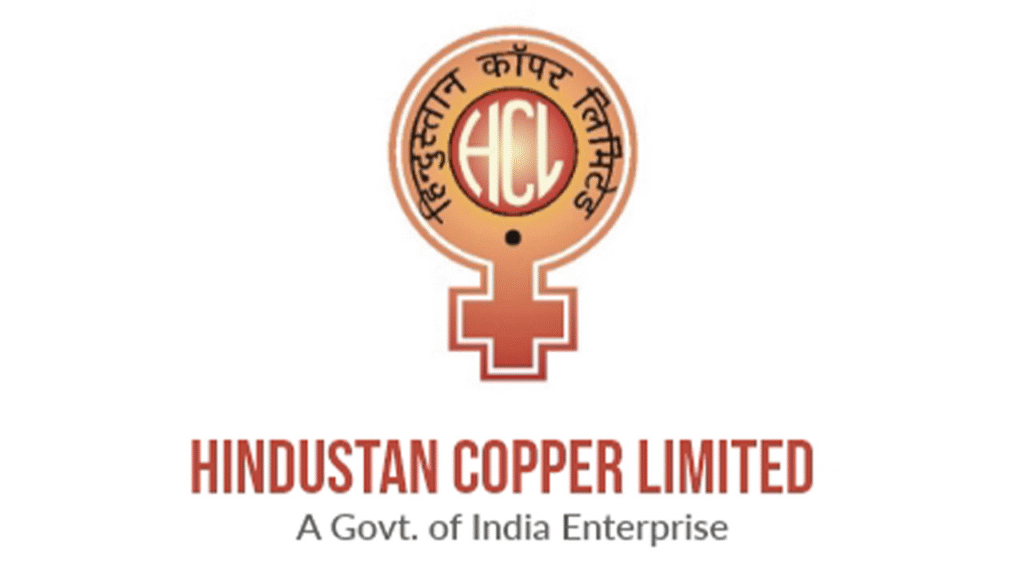Imagine your daily routine without copper. No phone charging. No internet. No electric vehicles. No rooftop solar panels. Copper is not just a shiny metal—it’s the nervous system of modern life.

Yet, here’s a startling truth: India consumes only 0.6 kg of copper per person annually, compared with 13.6 kg in Germany and 8.4 kg in China. That gap is not just a number—it’s a development warning sign.
This is where Hindustan Copper Ltd. (HCL), India’s only state-run copper miner, steps in with an ambitious ₹2,000 crore capital expenditure plan to triple its mining capacity. But can this expansion really change India’s copper story? Let’s dive deeper.
Global vs. Indian Copper Consumption: A Reality Check
The Numbers That Speak
- Germany: 13.6 kg/person
- South Korea: 11.0 kg/person
- China: 8.4 kg/person
- North America: 4.8 kg/person
- World Average: 3.2 kg/person
- India: 0.6 kg/person
Think of it like cricket: while global players are hitting sixes, India is still struggling with singles. For a country aspiring to lead in EVs, renewable energy, and smart infrastructure, this mismatch is critical.
Why India Consumes So Little
- Infrastructure gap – fewer copper-intensive networks (like metros, EV charging stations).
- Import reliance – India depends heavily on imports despite having reserves.
- Delayed expansion – mining and smelting capacities have lagged demand.
What You Should Remember
India’s copper consumption is not low because of lack of potential—it’s because of infrastructure, capacity, and reliance on imports. Closing this gap is key to industrial growth.
Hindustan Copper’s Expansion: A Bold ₹2,000 Crore Plan
Hindustan Copper isn’t just tweaking its operations—it’s rewriting its growth playbook.
Key Highlights of the Expansion
- Capex Commitment: ₹2,000 crore over the next 5–6 years.
- FY26 Target: ₹350 crore earmarked for immediate projects.
- Capacity Growth: From 4 MTPA to 12.2 MTPA by FY31.
- Reserves Boost: Added 123 MT of copper ore reserves in just two years.
- Projected Volume Growth: 15–20% annually.
In simple terms, HCL wants to grow like a start-up—fast, aggressive, and future-focused.
Partnerships & MoUs: Building Muscle
HCL is not going solo. It’s collaborating with:
- PSUs: RITES, IOCL, Coal India, GAIL.
- Global player: Chile’s CODELCO (world’s largest copper producer).
These tie-ups are like batting partnerships in cricket—designed to accelerate runs and reduce risk.
What You Should Remember
Hindustan Copper’s expansion is not just about mining—it’s about building a global-standard ecosystem through partnerships, technology, and aggressive exploration.
Copper Demand Drivers: Why India Needs More Copper

1. Electric Vehicles (EVs)
EVs require 3–4 times more copper than traditional cars. With India targeting 30% EV adoption by 2030, demand will surge.
2. Renewable Energy
Solar and wind power systems are copper-hungry. India’s 500 GW renewable target by 2030 means exponential growth in copper use.
3. Data Centres & AI
AI isn’t just about algorithms—it’s about servers, cooling, and power. HCL’s chairman rightly said, “AI is emerging as a new demand driver for copper.”
4. Defence & Infrastructure Push
From the Make in India initiative to Smart Cities and Aatmanirbhar Bharat, copper is the wiring behind the ambition.
What You Should Remember
Copper is no longer just for wires and pipes—it’s the lifeblood of EVs, AI, renewable energy, and modern defence. India cannot afford to lag.
Market Impact: Why Hindustan Copper’s Shares Surged
On September 12, 2025, HCL’s stock jumped 11% in a single day. Why?
- Investors loved the ₹2,000 crore capex roadmap.
- Volumes traded were 12x the one-month average.
- Confidence grew with 40%+ operating margins.
- Optimism about copper prices rising due to global supply disruptions (e.g., Freeport-McMoRan mine halt in Indonesia).
Think of it like an IPL auction—when the team shows bold strategy, investors are willing to pay big.
What You Should Remember
Markets reward clarity and ambition. HCL’s expansion story gave investors both—and that’s why the stock spiked.
Challenges Hindustan Copper Must Overcome
- Environmental Concerns – mining expansion must align with ESG norms.
- Execution Risks – delays or cost overruns can dent credibility.
- Global Competition – imports from Chile, Peru, and Africa are strong.
- Price Volatility – copper prices swing with global interest rates and supply shocks.
For India, the biggest challenge is balancing growth with sustainability.
What You Should Remember
Expansion alone isn’t enough—execution, sustainability, and global competitiveness will define HCL’s long-term success.
The Road Ahead: Can India Catch Up in Copper?
India’s copper story is like a test match—we’re starting from behind, but the game is long. With:
- Hindustan Copper’s capacity tripling
- EV and renewable energy growth
- Government push for self-reliance
…India can move closer to the world average of 3.2 kg per capita consumption. Reaching China’s 8.4 kg, however, will take a decade or more.
Conclusion: A Turning Point for India’s Copper Future
India is standing at a crossroads. If Hindustan Copper’s plan succeeds, copper will not just be a metal—it will be the foundation of India’s energy transition, AI revolution, and infrastructure dreams.
As an investor, citizen, or policymaker, the question is not if copper demand will rise, but how prepared India is to meet it.
So here’s something to think about: Is Hindustan Copper’s bold plan enough to turn India from a copper consumer into a copper powerhouse?

What is Hindustan Copper’s expansion plan?
To invest ₹2,000 crore, triple mining capacity to 12.2 MTPA, and grow volumes 20%.
Why did Hindustan Copper shares rise recently?
Because of its ambitious capex plan, high margins, and rising global copper demand.
How much copper does India consume per capita?
Just 0.6 kg per person annually, far below the global average of 3.2 kg.
Will India become self-reliant in copper?
Not immediately, but domestic expansion can reduce import dependence over time.
Why is copper important for India’s future?
Because copper powers EVs, renewables, AI, and infrastructure—critical for India’s growth.